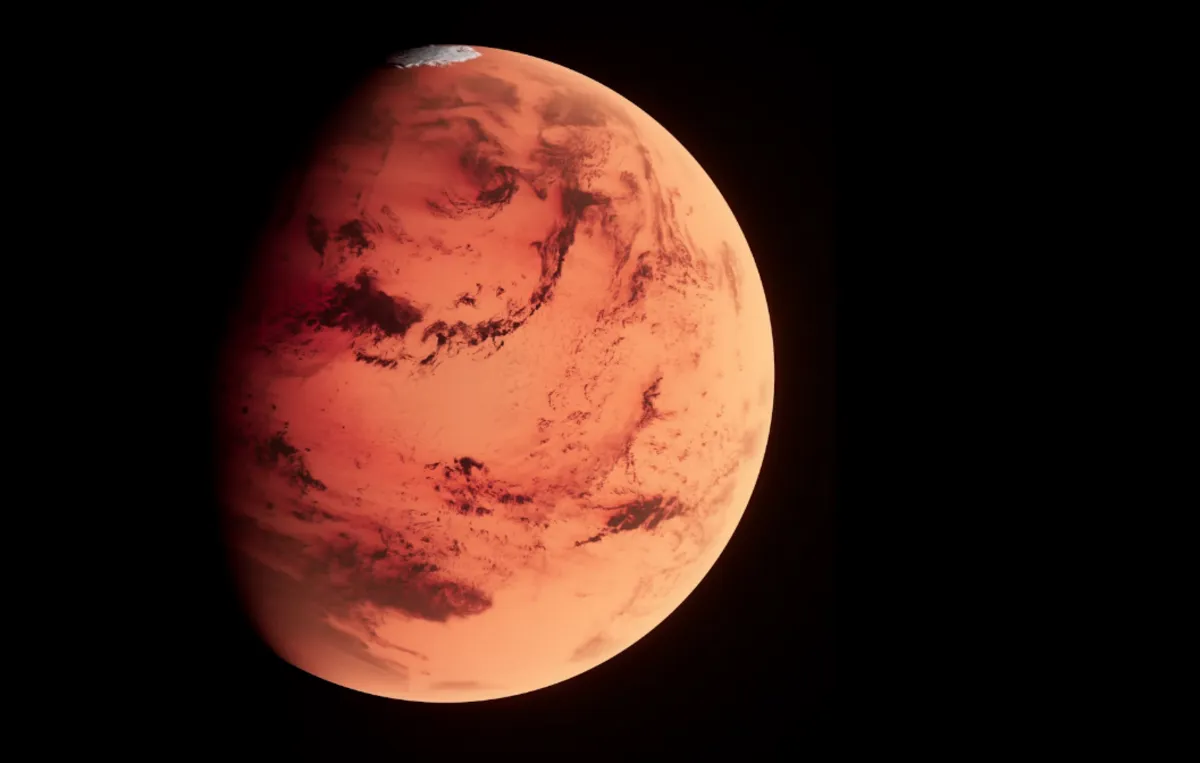
Recent research published by the Proceedings of the National Academy of Sciences provides intriguing evidence that Mars, the red planet, was once home to vast oceans and sandy beaches. This discovery stands in stark contrast to the current perception of Mars as an arid, freezing planet exposed to high levels of radiation.
Scientists have uncovered signs of what appear to be buried beaches on Mars. This breakthrough came after analyzing below-ground imaging data gathered by China’s Zhurong rover. The data, collected from the northern lowlands of Mars, closely resembles results obtained from similar ground-penetrating radar techniques used here on Earth, as reported by The Guardian. The analysis revealed subsurface material that is angled and tilted toward a lowland region, which likely was an ocean in Mars' past.
Dr. Benjamin Cardenas, a co-author of the research from Penn State University, explained that the radar is able to detect even subtle changes in sediment size. This capability suggests the presence of tides, waves, and a nearby river that supplied sediment, all of which would have been active over an extended period. This new evidence adds weight to the long-standing debate about whether Mars once had oceans.
The notion that Mars was once home to vast bodies of water aligns with previous discoveries that indicated flowing rivers and lakes once existed on the planet. Moreover, there is evidence of liquid water deep beneath the Martian surface in the present day, further supporting the theory of historical oceanic presence.
A beach represents an interface between shallow water, air, and land. Such environments are thought to have been where life first emerged on Earth. Dr. Cardenas suggests that these Martian beaches could be ideal locations for a follow-up mission aimed at searching for signs of past life. The discovery of these ancient beaches not only enhances our understanding of Mars' geological history but also opens exciting possibilities for future exploration.